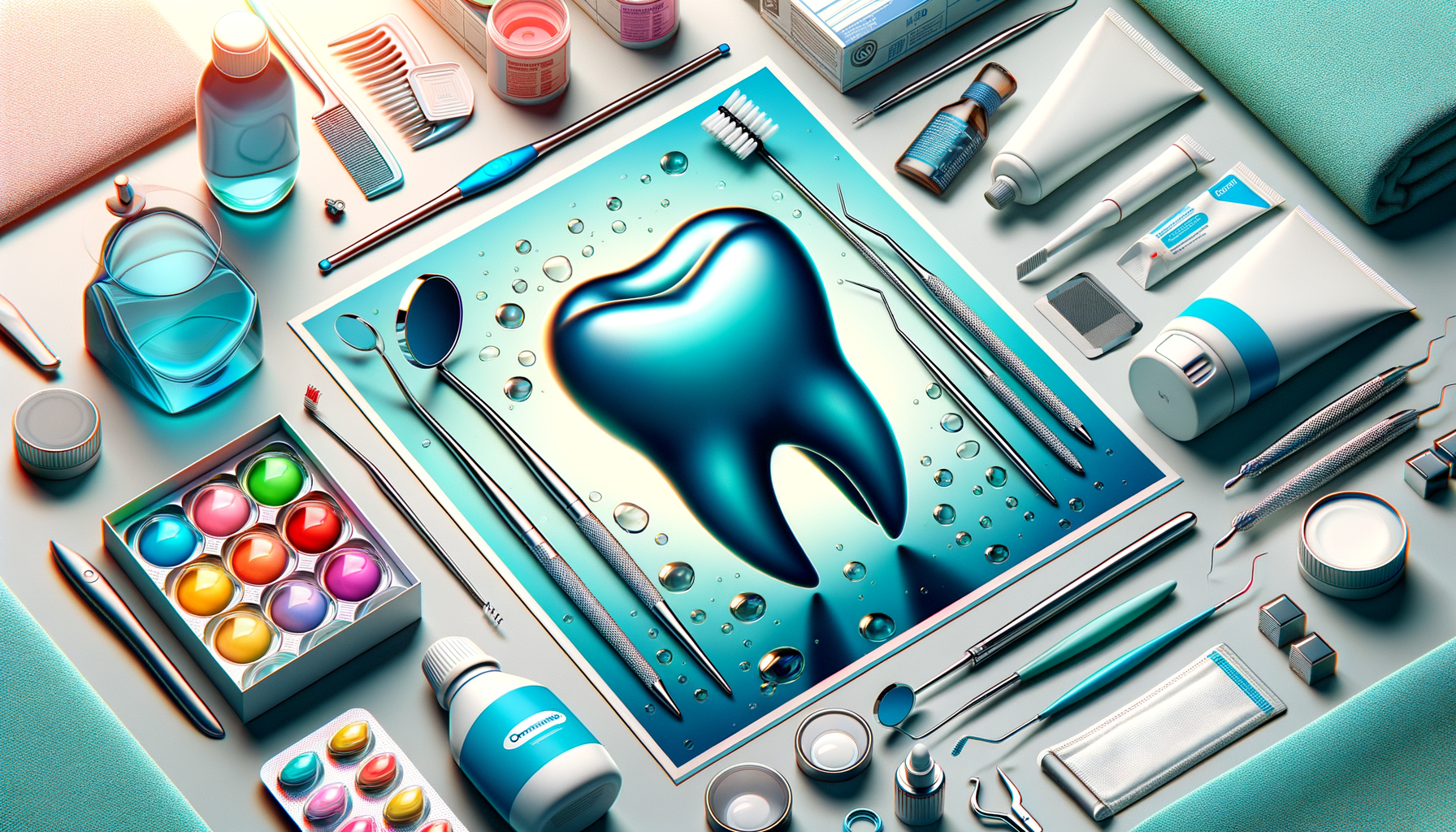
Discover Affordable Dental Care Solutions in the USA
Understanding the Importance of Dental Care
Dental care plays a crucial role in maintaining overall health, yet it is often overlooked until problems arise. Regular dental check-ups and cleanings can prevent a host of issues, ranging from cavities to gum disease, which in turn can affect other areas of the body. Research has shown that poor oral health can be linked to serious conditions such as heart disease, diabetes, and even certain types of cancer. Thus, maintaining oral hygiene is not just about keeping a bright smile; it is a vital component of overall wellness.
One of the primary reasons dental care is essential is its preventive nature. Regular visits to the dentist can help in early detection of potential issues, allowing for less invasive and more cost-effective treatments. For instance, catching a cavity early can prevent the need for a root canal later on. Moreover, professional cleanings help remove plaque and tartar that regular brushing and flossing might miss, reducing the risk of gum disease.
Beyond prevention, dental care is also about education. Dentists and hygienists provide valuable advice on how to maintain oral health at home, including proper brushing techniques and dietary recommendations. This education empowers individuals to take charge of their dental health, potentially reducing the frequency and severity of dental issues over time. Therefore, the importance of dental care extends beyond the dentist’s chair; it is a lifelong commitment to health and well-being.
Exploring Affordable Dental Care Options
Many people in the USA are concerned about the cost of dental care, but there are several affordable options available that can help manage expenses without compromising on quality. Community dental clinics offer services on a sliding scale based on income, making them a viable option for those without insurance. These clinics provide essential services such as cleanings, fillings, and extractions at reduced rates, ensuring that financial constraints do not impede access to necessary care.
Dental schools are another excellent resource for affordable care. Under the supervision of experienced faculty, dental students provide a wide range of services at a fraction of the cost of private practices. This not only offers savings to patients but also contributes to the education and training of future dental professionals. Additionally, many schools offer specialty clinics for procedures like orthodontics and oral surgery, broadening the scope of affordable care.
Insurance plans tailored specifically for dental care can also provide significant savings. Many employers offer dental insurance as part of their benefits package, and there are also standalone plans available for individuals. These plans typically cover preventive care fully and offer partial coverage for more extensive procedures, thereby reducing out-of-pocket expenses. By exploring these options, individuals can find a plan that fits their budget and ensures they receive the dental care they need.
The Role of Technology in Modern Dental Care
Technology has transformed the landscape of dental care, making procedures more efficient, effective, and accessible. Digital X-rays, for instance, provide clearer images with less radiation exposure compared to traditional methods, enabling dentists to diagnose issues more accurately and quickly. This advancement enhances the patient experience by reducing wait times and improving diagnostic precision.
3D printing is another technological innovation that has revolutionized dental care. It allows for the rapid production of dental appliances such as crowns, bridges, and dentures, significantly reducing the time patients spend waiting for these essential items. This not only improves patient satisfaction but also allows dentists to provide quicker, more personalized care.
Tele-dentistry is gaining traction as a convenient option for patients who may have difficulty accessing traditional dental services. Through virtual consultations, dentists can assess concerns, provide guidance, and determine if an in-person visit is necessary. This approach expands access to care, particularly for individuals in remote areas or those with mobility challenges. As technology continues to evolve, it promises to further enhance the quality and accessibility of dental care, making it more inclusive and patient-centered.


